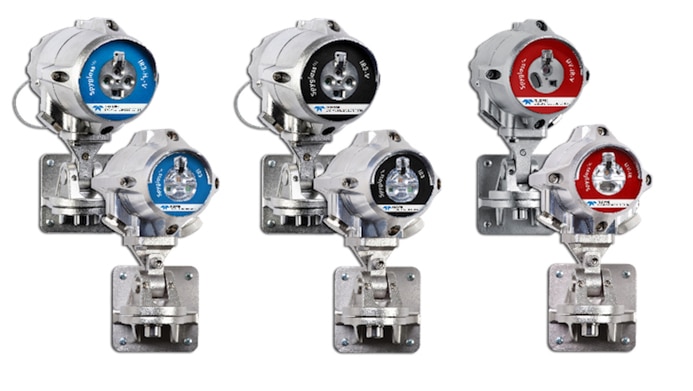Teledyne unveils Spyglass flame detection series
- March 21, 2023
- 8:04 am


Iain Hoey
Share this content
Teledyne Gas and Flame Detection has unveiled its Spyglass SG50-F series of flame detectors, featuring updated optics and algorithms and on-board video in either colour or near-infrared options.
The Spyglass SG50-F series open-path flame detectors elevate the level of reliability and functionality. The flame detectors come equipped with HD video capabilities, allowing for the detection of fires that may not be visible to the naked eye.
The on-board video enables remote confirmation of fire situations and provides valuable information on fire progression and suppression methods, which can prove vital in responding to fire emergencies and enabling users to make important safety decisions from a remote location.
The Spyglass series feature a robust and durable housing. Made from 316L stainless steel to meet IP66/IP68 and NEMA 250 6P protection rating standards, the enclosure houses state-of-the-art optic technology and advanced software algorithms, enabling rapid and reliable fire detection.
The range offers improved optical flame detection capabilities, with a quicker detection time and better performance even over extended distances. They are designed to be a cost-effective alternative to employing multiple line of sight point gas detectors, which would entail higher initial costs and maintenance expenses.
The detectors also offer industry-leading false alarm immunity to several challenging environments while performing in adverse climates.
All Spyglass flame detectors work by analysing the absorption of radiation caused by gases in the atmosphere and comparing it to background atmospheric absorption. They come with triple infrared (IR3) and UV-IR options to suit a range of applications.
The IR3 version is specifically designed to detect hydrocarbons, making it ideal for applications such as refineries, oil and gas platforms, FPSO (floating production storage and offloading) systems, petrochemical plants, marine facilities, compressor stations and turbine enclosures. There is also an IR3-H2 option for hydrogen and energy transition applications.



